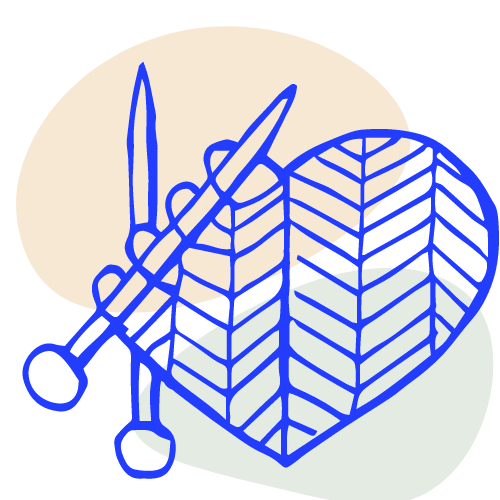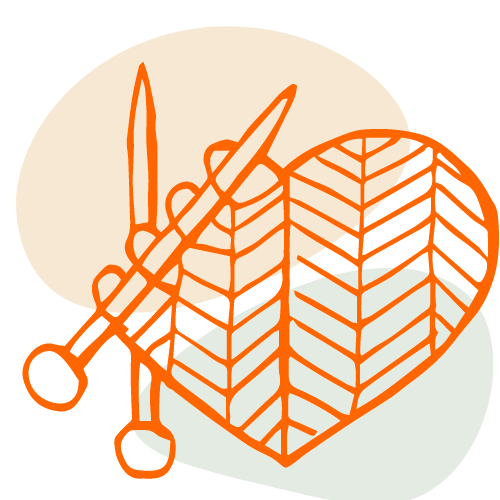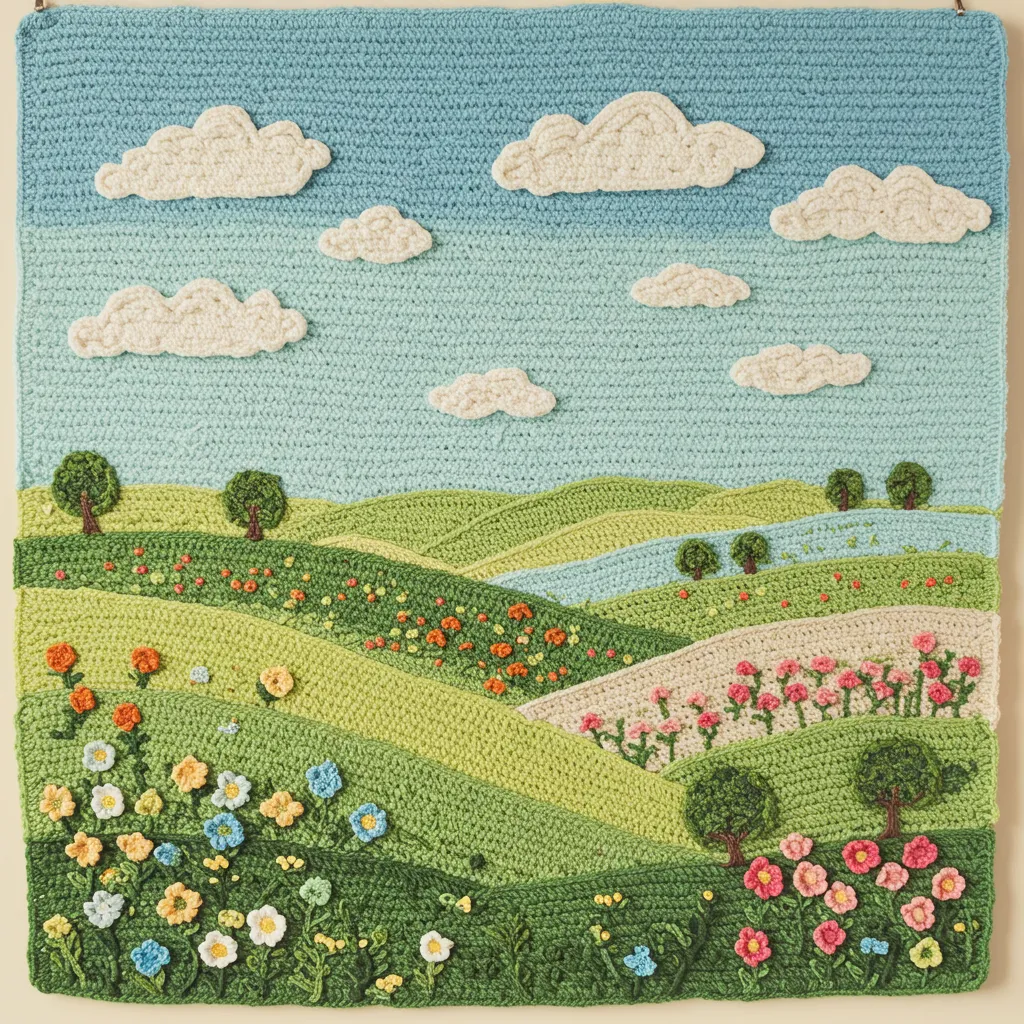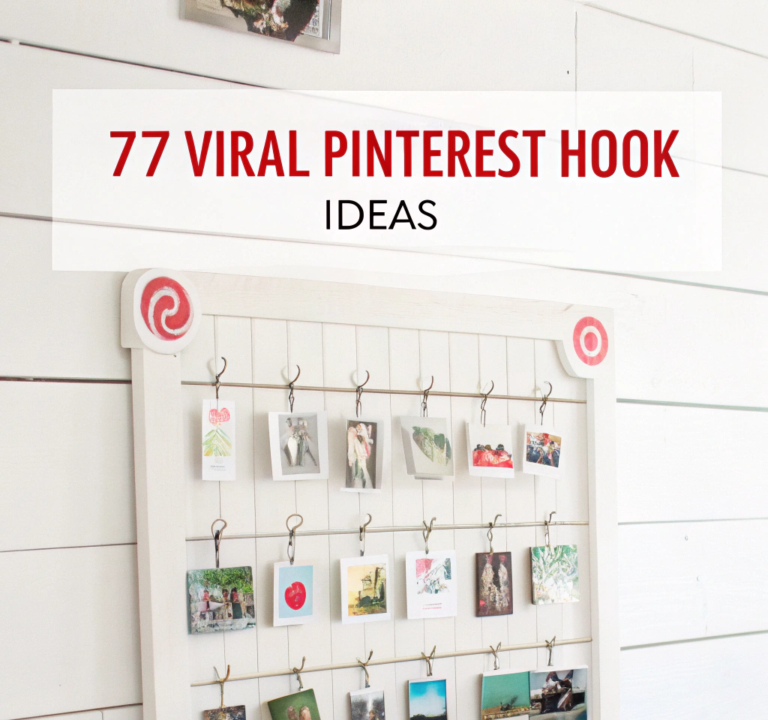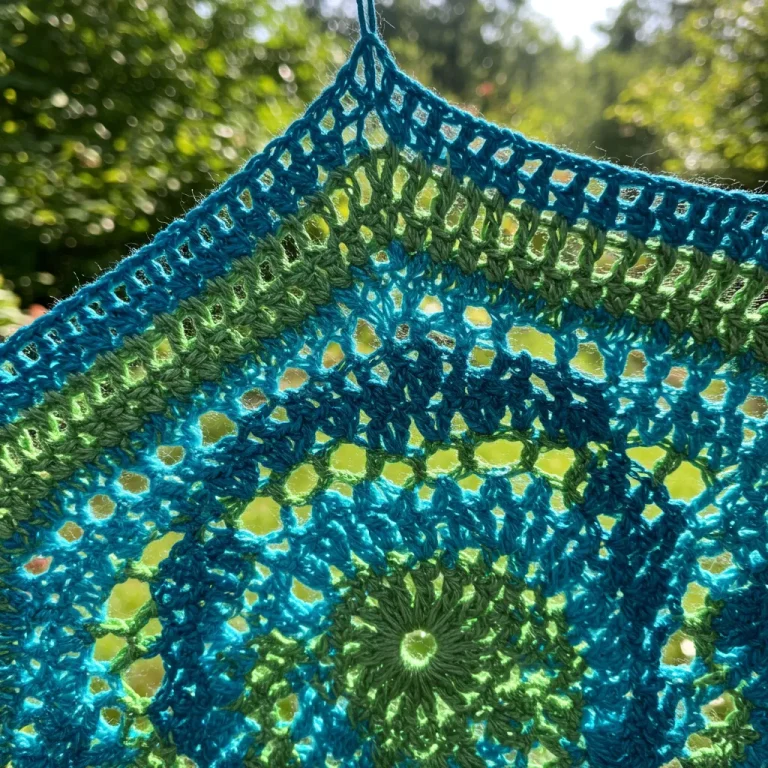Crochet flowers, with their delicate petals and intricate patterns, have been a staple in the world of needlecraft for centuries. From vintage designs that evoke nostalgia to modern iterations that push the boundaries of creativity, crochet flowers have evolved into both functional and decorative art pieces. But what is the story behind these charming little creations? Let’s take a deep dive into their history, significance, and transformation over time.
The Origins of Crochet: A Brief History
Crochet, as we know it today, traces its origins back to the early 19th century, though some historians suggest that forms of crochet-like techniques existed long before. The word “crochet” comes from the French word croche, meaning “hook.” The art form was likely developed in Europe, with some of the earliest known examples from Ireland and France.
The craft quickly gained popularity throughout Europe, and by the Victorian era, crochet had found a significant place in the home décor and fashion of the time. It was during this period that crocheted flowers began to emerge, often as embellishments on clothing or accessories. These early floral patterns were typically created using delicate threads, such as cotton or silk, to mimic the look of real flowers.
Vintage Crochet Flowers: The Victorian Influence
During the Victorian era (1837-1901), crochet flowers became a symbol of femininity, grace, and domestic skill. They were often used in a wide range of applications—from embellishing clothing, hats, and shawls to adorning home items like cushions, tablecloths, and even curtains. The Victorians were particularly fond of the symbolism behind flowers, and each bloom was associated with a specific meaning. For example, roses symbolized love, while violets represented modesty. This connection between flowers and their symbolic meanings made crocheted flowers a popular motif for the era’s needleworkers.
In addition to fashion, crochet flowers were also used in Victorian jewelry. Small, intricately crocheted flowers were often transformed into brooches, earrings, and hair accessories, showcasing the versatility and charm of these tiny pieces of art. The combination of crochet’s delicate texture with floral patterns created a sophisticated, timeless aesthetic that still resonates today.
The Role of Crochet Flowers in the Arts and Crafts Movement
The late 19th and early 20th centuries saw the rise of the Arts and Crafts Movement, which valued handcrafts and the beauty of handmade objects. In this period, crochet flowers gained renewed popularity as they aligned perfectly with the movement’s emphasis on craftsmanship and nature-inspired design. Artists and crafters sought to create functional yet beautiful items, often drawing inspiration from nature, and crochet flowers fit naturally into this artistic philosophy.
This era marked a shift in how crochet was perceived—not just as a domestic craft, but as an art form that could be used to create aesthetically pleasing and meaningful pieces. Crochet flowers became central to the designs of the time, appearing in intricate tablecloths, bedspreads, and decorative trims. This artistic application of crochet persisted well into the 20th century, with florals continuing to be a central motif in various needlecrafts.
Modern Crochet Flowers: From Traditional to Contemporary
As the world of crochet evolved throughout the 20th century, so did the designs and techniques used to create crochet flowers. While traditional crochet patterns still hold a cherished place in the craft, modern crochet has seen a renaissance with new techniques, materials, and bold designs pushing the boundaries of what is possible.
Today’s crochet flowers are created in countless variations, using everything from fine cotton threads to chunky yarns, and are incorporated into a wide array of projects, from home décor to fashion accessories. Modern crochet artists experiment with textures, colors, and shapes, making flowers that can range from highly realistic representations to whimsical, abstract interpretations.
Contemporary Techniques & Tools: Modern crochet patterns often incorporate different types of yarns, including organic cotton, bamboo, and even metallic threads, which add variety and texture to the flowers. Advanced techniques, such as tapestry crochet, filet crochet, and even freeform crochet, have allowed artists to break free from traditional patterns and explore new ways of creating floral designs.
Color Play and Mixed Media: Today’s crochet flowers are a vibrant blend of color, with multicolored petals, contrasting centers, and even the inclusion of beads or sequins for added sparkle. Some artists use crochet flowers as part of larger mixed-media pieces, combining embroidery, knitting, and fabric to create unique, modern interpretations of florals.
Crochet Flowers in Fashion and Home Décor: From intricate floral embellishments on clothing to chunky, oversized crochet flowers used in wall art or as home décor accents, the modern crochet flower has transcended its origins. Designers are incorporating crochet flowers into contemporary fashion, creating pieces like crochet shawls, scarves, and even floral crowns, which have become popular at weddings and festivals. In home décor, crochet flowers are used as accents for pillows, blankets, and even rugs, adding a handmade, artistic touch to modern spaces.
The Continuing Legacy of Crochet Flowers
Despite the many changes in crochet over the years, the charm and versatility of crochet flowers remain timeless. Their delicate nature, the skill required to create them, and their connection to the natural world make them a beloved element in both traditional and modern crochet projects. Whether you’re working with vintage patterns passed down through generations or experimenting with new designs and materials, crochet flowers continue to be a way for crafters to express creativity, preserve tradition, and connect to the timeless beauty of nature.
In a world that is ever-changing, crochet flowers offer a link to the past while simultaneously providing a canvas for innovation and personal expression. So, the next time you pick up a hook and a ball of yarn, take a moment to appreciate the centuries of history and creativity woven into every petal. Whether you’re crafting for function or simply for the joy of making, the story of crochet flowers is one that blooms anew with each stitch.
